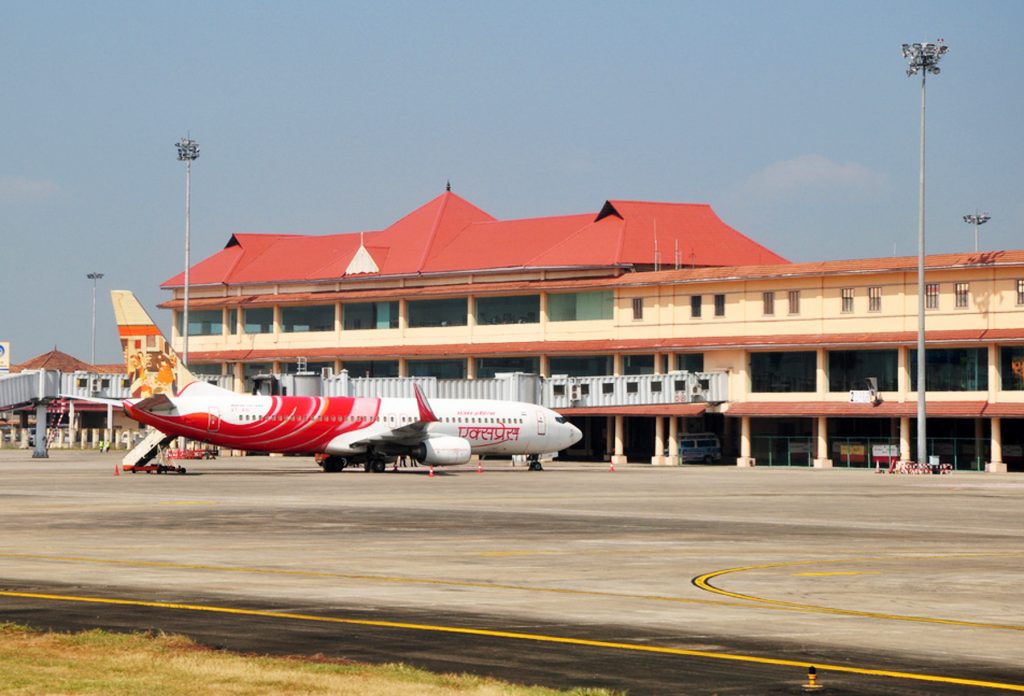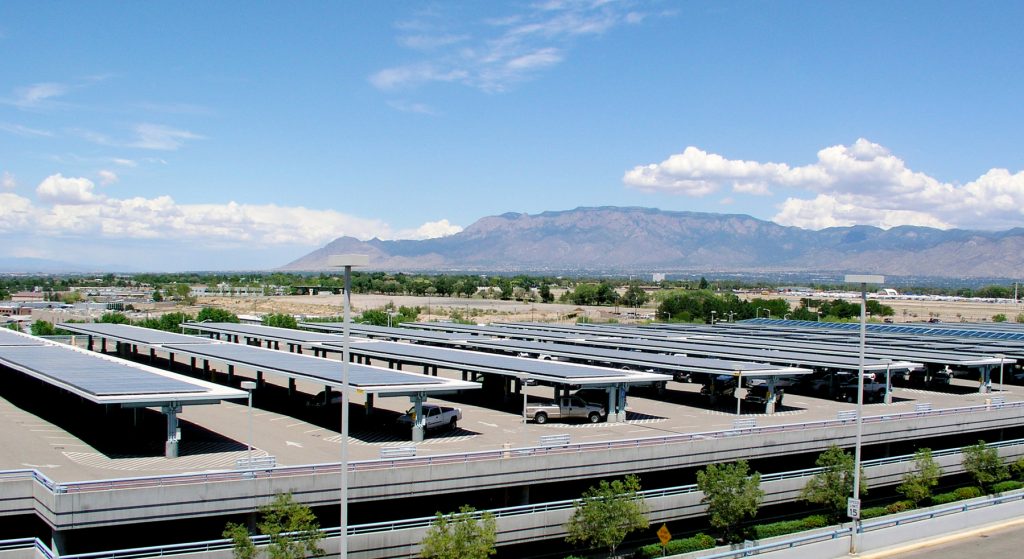Airports around the world are looking sunward for energy — and they find it makes good business sense.
George Airport, on the southern coast of South Africa’s Western Cape province, has become the African continent’s first airport and the second in the world to be fully powered by solar energy.
In 2015, India’s Cochin International Airport in Kerala was the first to get all of its electricity from solar photovoltaic panels.

George Airport’s solar panels can produce 750 kilowatts a day — nearly twice what’s needed to run the facility. So this small but busy regional hub sells the excess energy to South Africa’s national electricity utility company.
George Airport went solar in 2016. The project cost around 1 million U.S. dollars (16 million rand) and took six months to complete; it cut the airport’s electricity bill nearly in half. Once batteries are installed to store energy for night use, the savings will be even greater. And the power outages that plagued the area are no longer a problem.
Other South African airports are following suit.
Likewise, India’s Cochin International Airport generates enough electricity to run its operations and feed electricity back to the grid. Cochin began by installing solar panels on terminals and aircraft hangars. This worked so well that an 18-hectare solar farm was built on adjacent land. It’s powered the airport since August 2015. The 12-megawatt solar project cost $9.5 million, but return on investment is expected within six years.
By lessening their reliance on predominantly coal-fired power grids, both Cochin and George airports are reducing their carbon emissions by hundreds of thousands of metric tons. Carbon emissions have been shown to accelerate global warming and climate change.

Why are airports at the forefront of this green energy development? They have plenty of real estate and large expanses of rooftop for solar installations.
Dozens of U.S. airports have installed solar arrays or plan to do so. The largest solar farm, as of 2016, is at Indianapolis Airport in Indiana. The 30-hectare farm features solar tracking panels that supply 15 megawatts a day. Denver Airport in Colorado has four solar farms supplying 10 megawatts. Other U.S. airports have installations that range from 1 to 3 megawatts.







![Immigrants find success in Silicon Valley’s venture capital industry [video] Two people in front of freshdesk logo (VOA)](https://webarchive.library.unt.edu/web/20170201013418im_/https://share.america.gov/wp-content/uploads/2017/01/maxresdefault-2-218x150.jpg)
![One approach for bringing jobs to low-income neighborhoods [video] David Williamson smiling, with text added (State Dept.)](https://webarchive.library.unt.edu/web/20170201013418im_/https://share.america.gov/wp-content/uploads/2016/12/maxresdefault-17-218x150.jpg)














